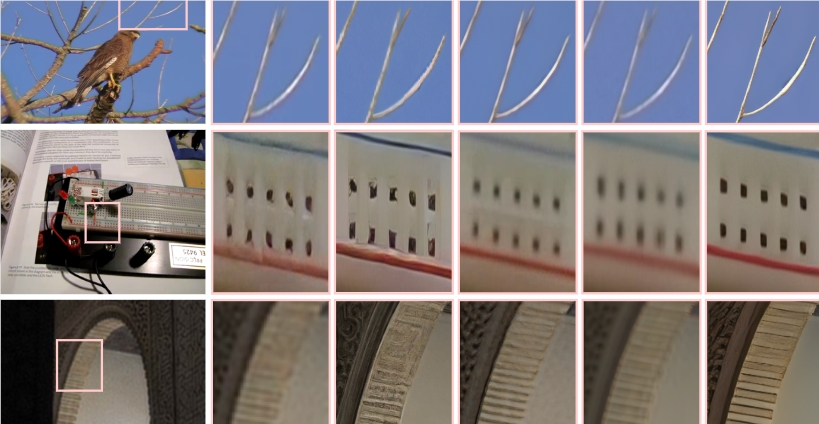Hong Kong PolyU & OPPO Open-Source DLoRAL for HD Video Upscaling
Hong Kong PolyU and OPPO Launch Open-Source Video Enhancement Framework

In a significant advancement for video enhancement technology, Hong Kong Polytechnic University has partnered with OPPO Research Institute to release DLoRAL, an open-source framework that revolutionizes video super-resolution through artificial intelligence. The project, now available on GitHub, introduces a novel approach to converting low-quality videos to high-definition with unprecedented efficiency.
Dual Architecture Breakthrough
The DLoRAL (Dual LoRA Learning) framework builds upon the pre-trained Stable Diffusion V2.1 model, implementing two specialized modules:
- CLoRA: Maintains temporal consistency between frames, preventing flickering or jumping artifacts common in conventional upscaling methods
- DLoRA: Enhances spatial details to significantly improve visual clarity and high-frequency information
This dual-module design separates temporal and spatial enhancement objectives while maintaining computational efficiency through lightweight integration with the base diffusion model.
Two-Stage Training Process
The development team implemented an innovative training strategy:
- Consistency Stage: Optimizes frame-to-frame coherence using CrossFrame Retrieval (CFR) technology
- Enhancement Stage: Focuses on visual quality improvement through classifier score distillation techniques
The alternating optimization approach results in inference speeds approximately 10 times faster than traditional multi-step super-resolution methods while delivering superior output quality.
Open-Source Implementation
Released on June 24, 2025, the project includes:
- Complete source code
- Training datasets
- Pre-trained models
- Comprehensive documentation and demonstration videos
The framework currently outperforms existing RealVSR solutions in both subjective visual quality and objective metrics (PSNR, LPIPS), though limitations remain in reconstructing extremely fine text details due to inherited VAE constraints.
Key Points:
- Dual-LoRA architecture separates temporal and spatial enhancement tasks
- 10x faster processing compared to conventional methods
- Open-source availability promotes academic and commercial adoption
- Current limitations in ultra-fine detail reconstruction
- Potential applications span media production, surveillance enhancement, and archival restoration